Hayadan > Computing and technology > nano-tech > Page 2
nano-tech
- Dr. Moshe Nahamani
- October 23, 2022
- No comments
Discovering the behavior of a material of interest on a small scale could reduce energy consumption in computing
- Bar-Ilan University
- September 18, 2022
Prof. Dror Pixler from the Faculty of Engineering and the Institute of Nanotechnology is developing optical tools that expand diagnostic and healing capabilities
- Dr.Roey Tsezana
- September 7, 2022
In a recent study published in the scientific journal ACS Nano, researchers described how they used a tiny robot to clean the entire oral cavity. The researchers created a swarm of "iron oxide nanoparticles", which they controlled using a magnetic field
- Dr.Roey Tsezana
- September 4, 2022
Nanotechnology engineers at the University of California San Diego have developed tiny robots - micro-robots, in their full name - that are able to swim inside the lungs, reach the bacteria that cause pneumonia, kill them and reverse the damage they do to the body
- Dr. Moshe Nahamani
- July 26, 2022
- No comments
This discovery of superconducting graphene structures could encourage the development of practical superconducting devices
- Tel Aviv University
- July 24, 2022
The researchers who cracked the fascinating physics of crumpled sheets of paper
- Tel Aviv University
- July 11, 2022
Researchers have traced for the first time a unique process in the growth of tiny crystals, which could improve our lives and which may have occurred at the beginning of life
- Avi Blizovsky
- June 29, 2022
- No comments
Segiv and three of his colleagues from the USA won the prize for their contribution to the development of self-assembling materials * The research opens the foundations for building much smaller chips and developing a completely new type of medical diagnostic products
- The Hebrew University
- June 28, 2022
University researchers have discovered a breakthrough magnetic phenomenon that will improve technological production. The researchers: "The discovery could change the next generation of nanoelectronic devices with reduced power consumption and faster capabilities"
- The Technion
- June 28, 2022
- No comments
A new material developed by researchers at the Technion and the University of Chicago is expected to optimize medical treatments and accelerate the use of renewable energies
- The Hebrew University
- June 27, 2022
Using XNUMXD printers and ink based on natural materials, university researchers are able to print wood and plan its shape while drying. "The development will revolutionize the design and construction of buildings that change themselves," shares one of the researchers
- Weizmann Institute
- June 26, 2022
This is according to a new study by Weizmann Institute scientists. Moreover, the scientists were able to predict in the study what the degree of connection between complete strangers would be just on the basis of their smell as picked up by an "electronic nose"
- Avi Blizovsky
- June 12, 2022
- No comments
Prof. Levy was one of the speakers at the conference to mark the "Biennial Day of Light" held at Ben Gurion University * In his lecture he presented thin lenses based on materials and showed how surface materials can significantly improve the resolution of microscopes and facilitate the miniaturization of chips
- The Technion
- May 25, 2022
- 3 תגובות
The researchers use the unique properties of nanoscale particles on the one hand, and the tremendous selectivity of biological systems on the other, to create biosystems that carry out vital processes
- Dr. Moshe Nahamani
- May 20, 2022
- No comments
- Dr. Moshe Nahamani
- March 25, 2022
- No comments
Researchers have recently succeeded in developing columns of nanographene, several layers of nanographene stacked one above the other, molecular systems that can be used in the future as functional elements, for example in solar cell applications
- Angle - a news agency for science and the environment
- March 15, 2022
A new Israeli-Singaporean development makes it possible to prevent solar radiation from entering the home through the window - without damaging the view
- Tel Aviv University
- February 14, 2022
The researchers created two-dimensional networks from polymeric microfibers, which change their shape depending on the temperature
- The Technion
- February 10, 2022
- No comments
The system developed by the Technion researchers is based on smart micro-needles, which are fixed inside a sticker (plaster) that adheres to the skin. The system continuously monitors the patient's medical condition and sends the data to him and his doctor
- Dr. Moshe Nahamani
- January 9, 2022
- No comments
Scientists have succeeded in developing a feedback-controlled optical pickup consisting of highly focused laser light. This forceps can grasp clusters of cells in a controlled manner and rotate them in any direction. This approach will make it possible to more accurately examine tiny biological objects, such as cancerous tumors
- Dr. Moshe Nahamani
- December 24, 2021
- One response
Nanodiamonds may be tiny, but they could help solve one of the biggest problems facing humanity today: climate change
- Avi Blizovsky
- December 23, 2021
- No comments
The company has developed a technology for dispersing carbon nanomaterials that dramatically improves the properties of most industrial raw materials, and makes the ability to make commercial use of nanomaterials a reality in a variety of industries - automotive, aviation, electronics, construction, energy and communications; Nemo Nanomaterials was established in 2018 and already works with 10 companies, including huge companies
- The Technion
- November 30, 2021
- 2 תגובות
Technion researchers have developed a smart plaster that closes the surgical incision by itself and also accelerates and monitors the healing process
- The Technion
- November 11, 2021
- No comments
Researchers at the Faculty of Materials Science and Engineering at the Technion succeeded in changing the electrical properties of a material by removing an oxygen atom from the original structure. Possible applications: electronic miniaturization and detection of radiation emissions
- Dr. Moshe Nahamani
- September 27, 2021
- 2 תגובות
A team of physicists from the University of Colorado has solved the mystery behind a well-known phenomenon in the nanoscale: why extremely tiny heating sources cool faster if they are packed more tightly

![Representation of a two-dimensional ferroelectric material [Courtesy: UC Berkeley / Suraj Cheema]](https://www.hayadan.org.il/images/content3/2022/10/16x9-ferroelectricity-image.png)


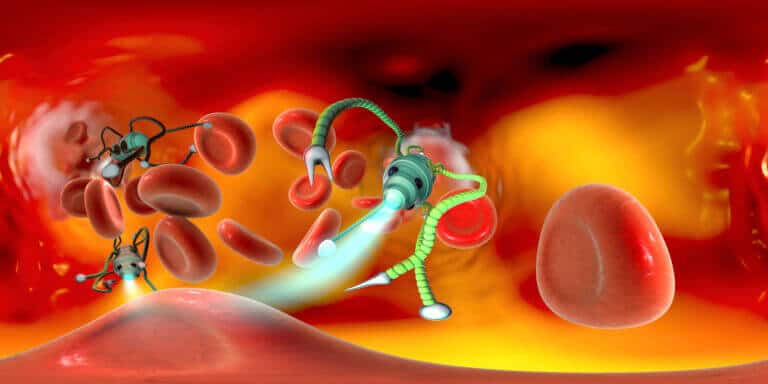
![Illustration showing superconducting electron pairs within a multilayer graphene structure at the magic angle. Courtesy: [Ella Maru Studio]](https://www.hayadan.org.il/images/content3/2022/07/superconducting-Cooper-pairs-768x707.jpg)

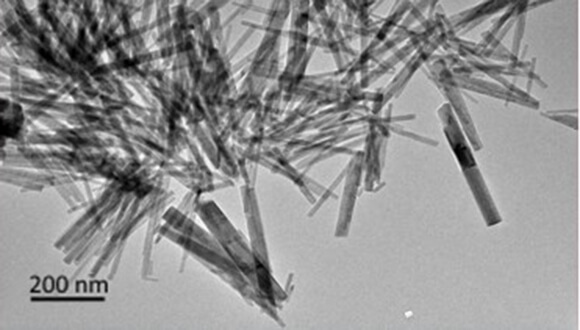

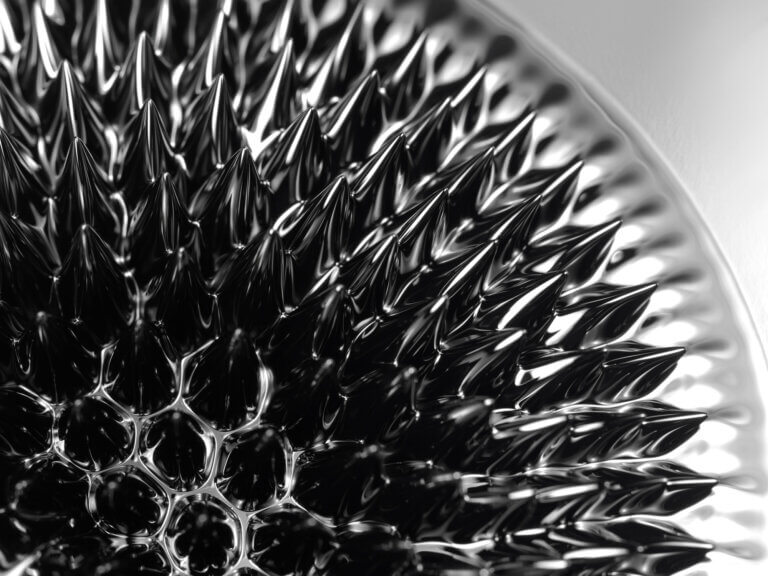
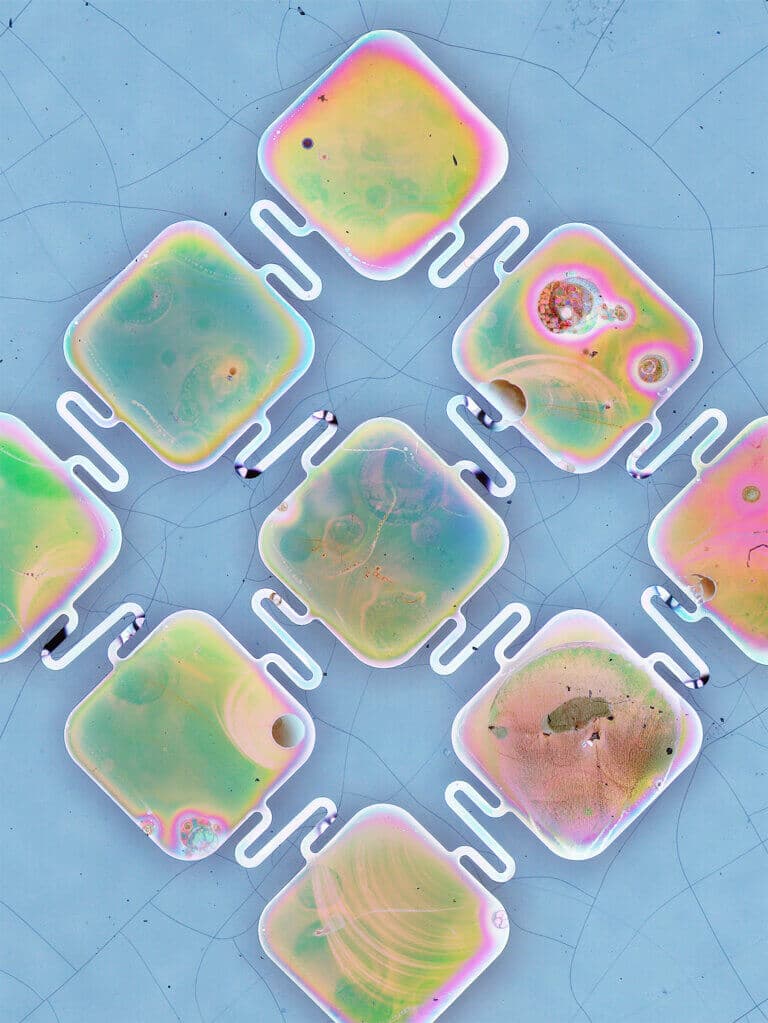
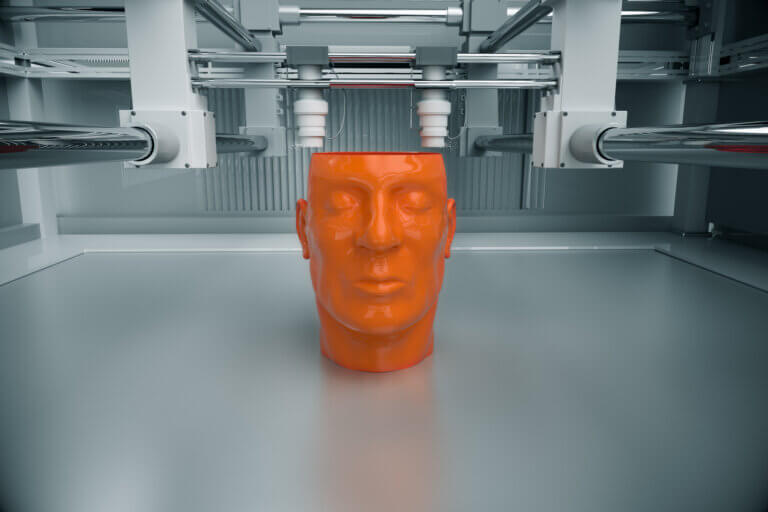
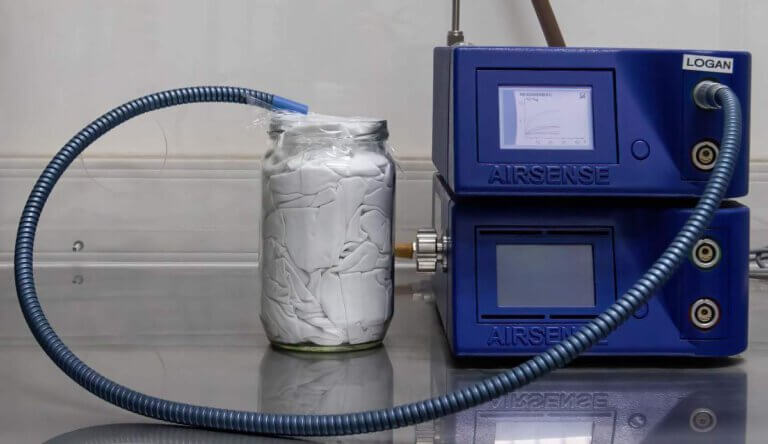
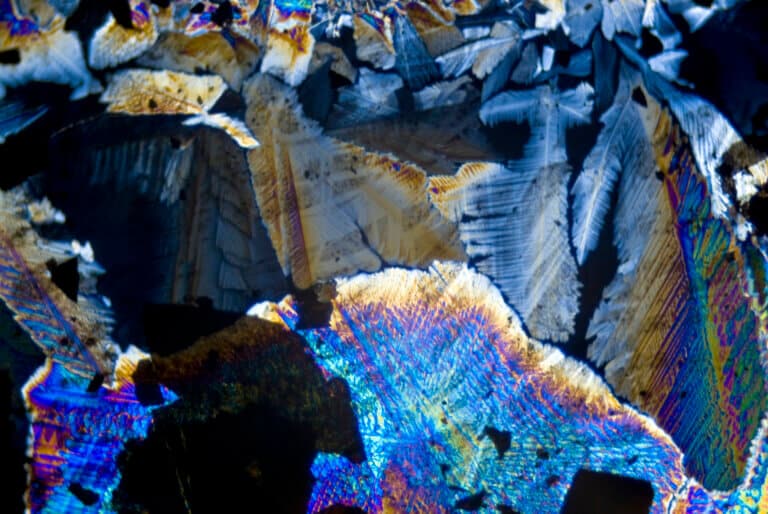
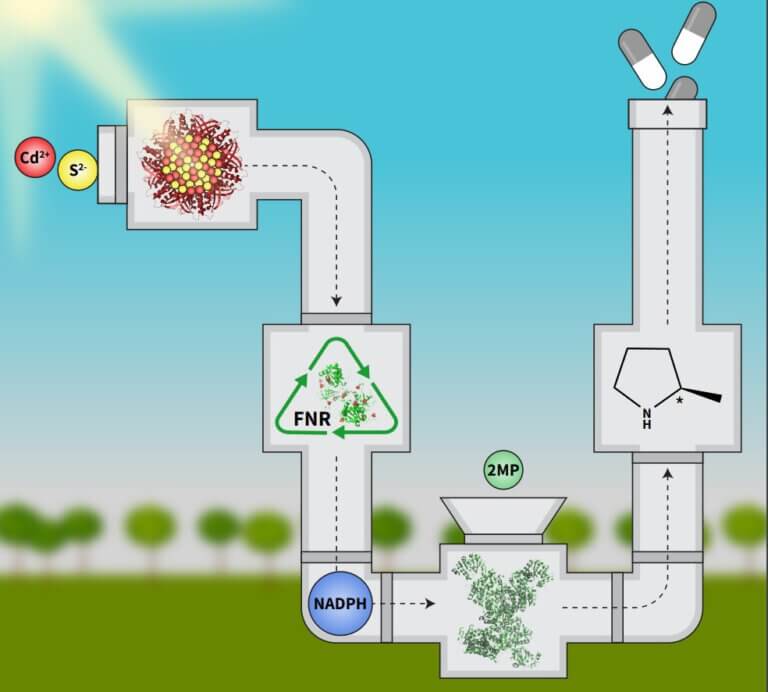

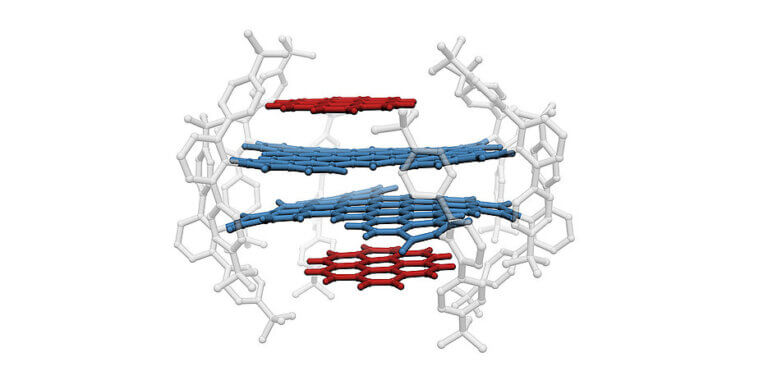

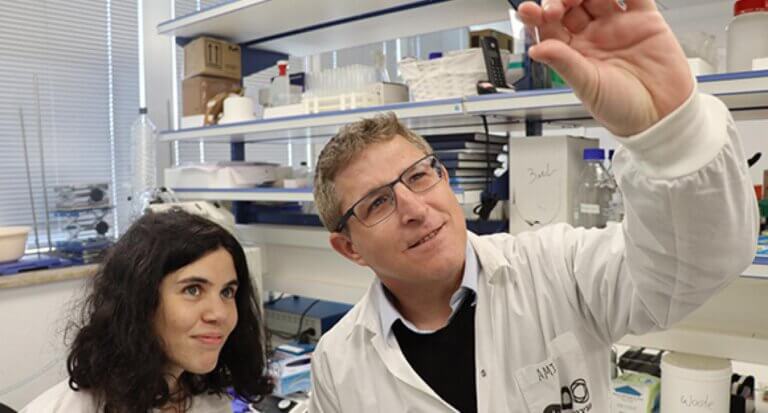
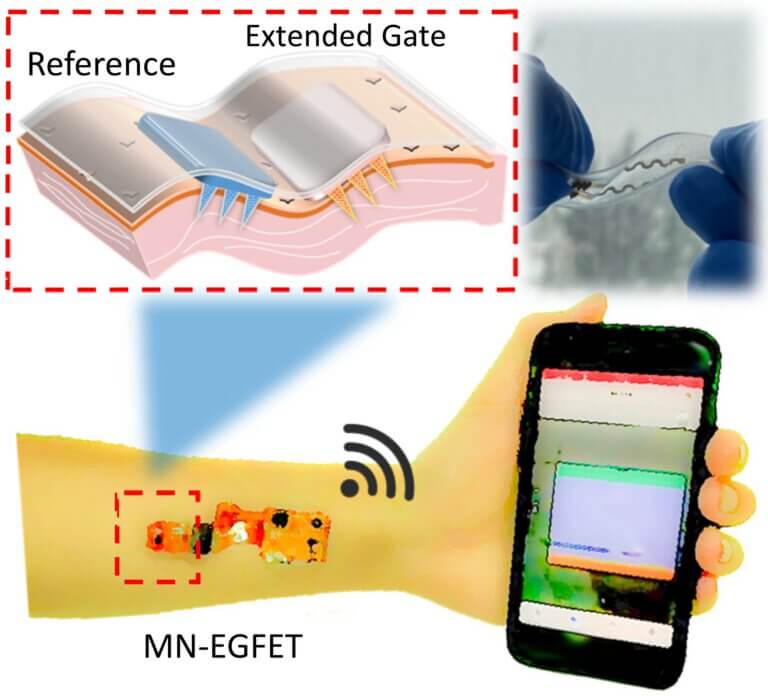
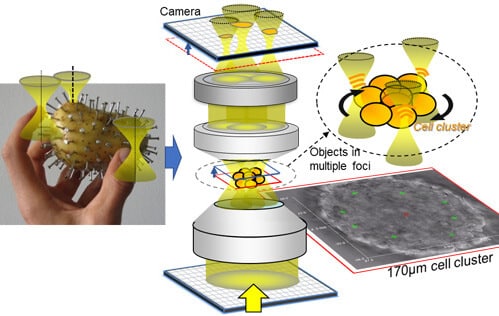



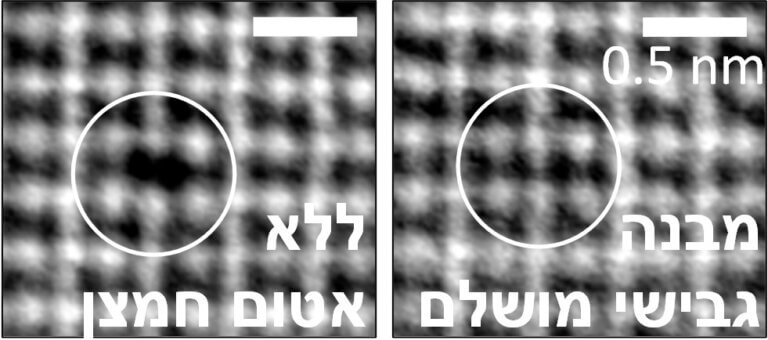
![Laser heats extremely tiny silicon surfaces [Courtesy: Steven Burrows/JILA]](https://www.hayadan.org.il/images/content3/2021/09/Ultra-Thin-Bars-of-Silicon1-768x823.jpg)